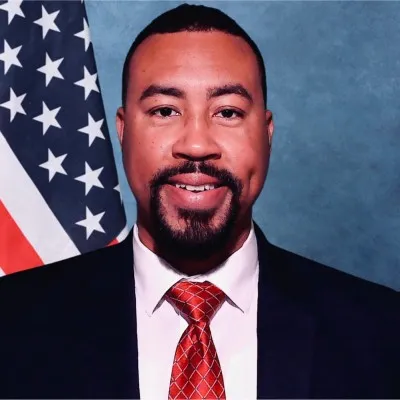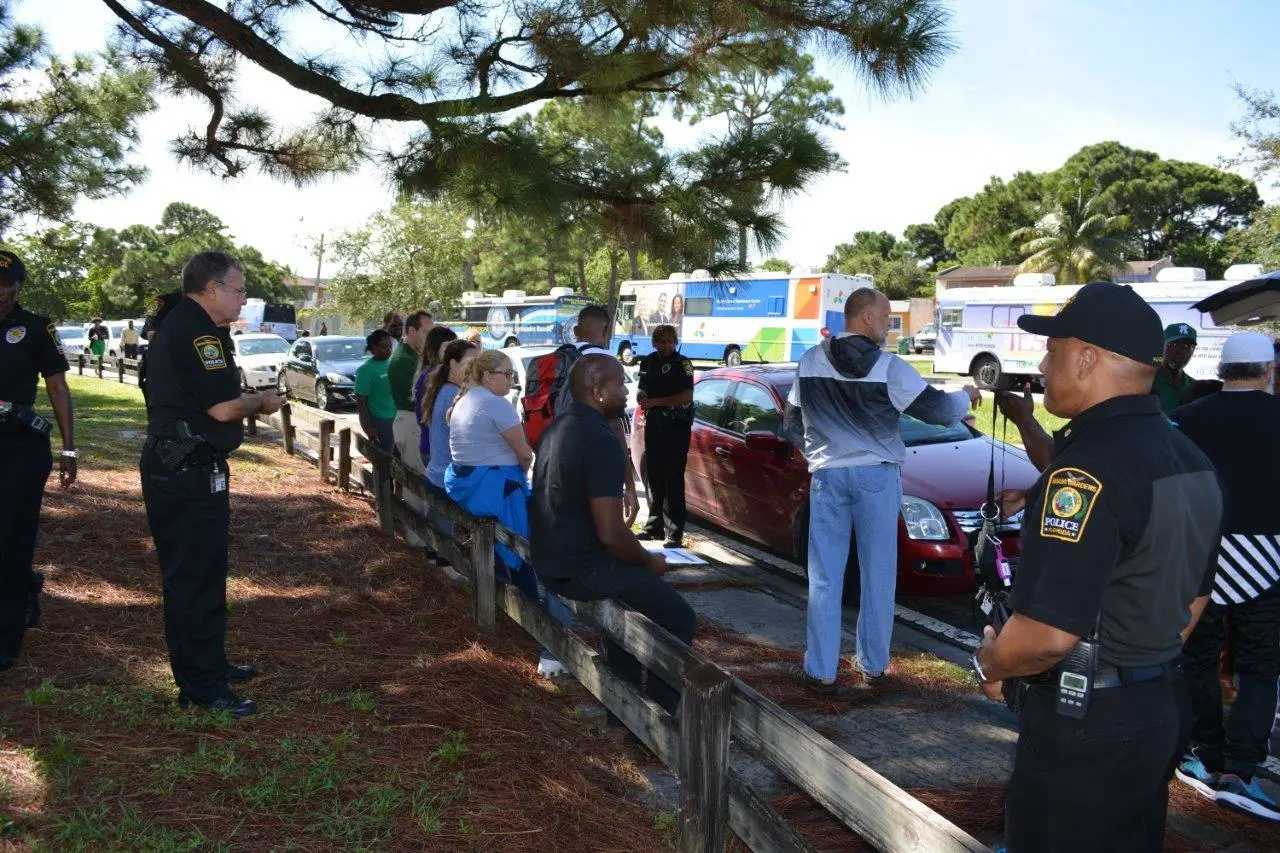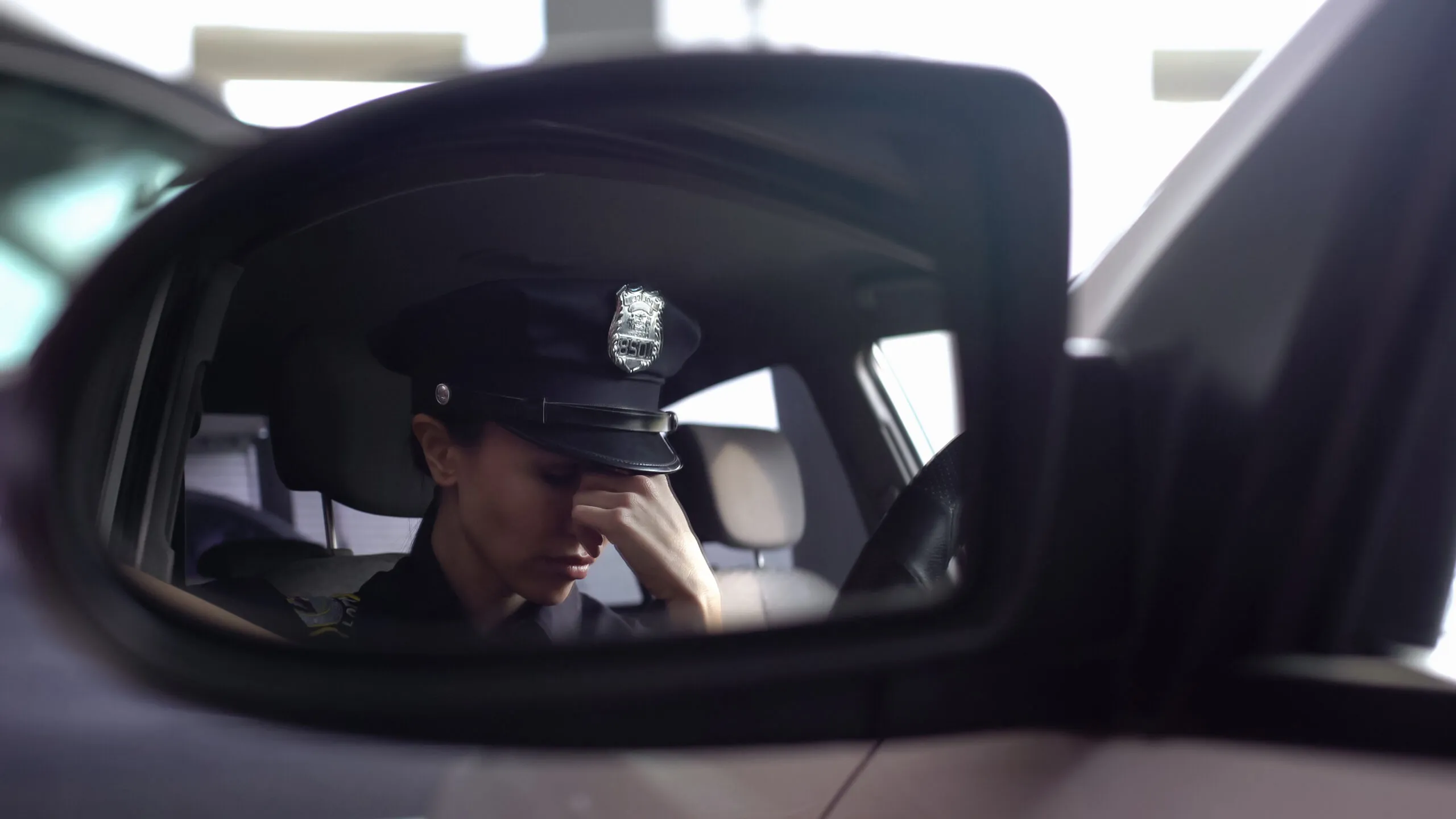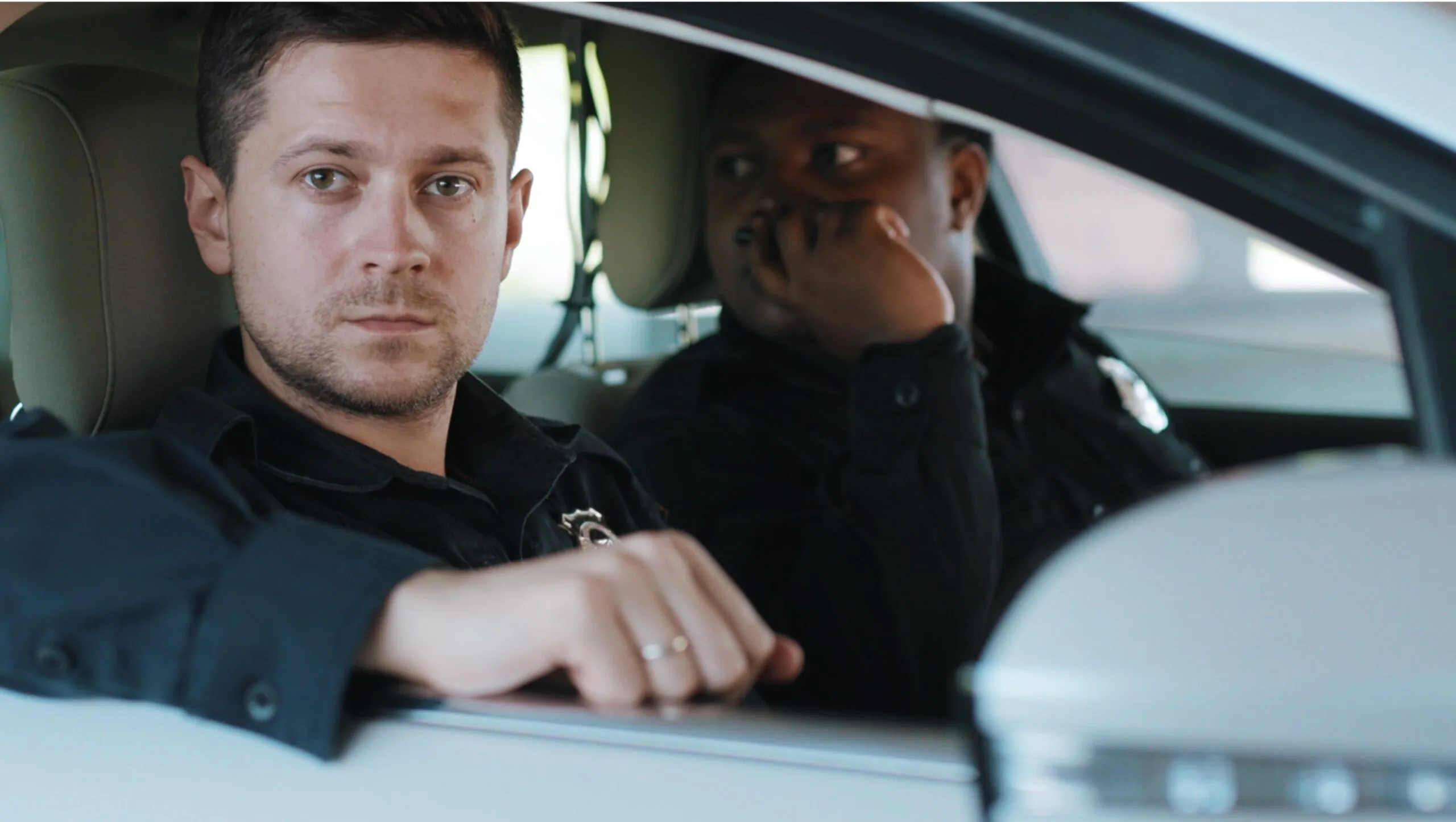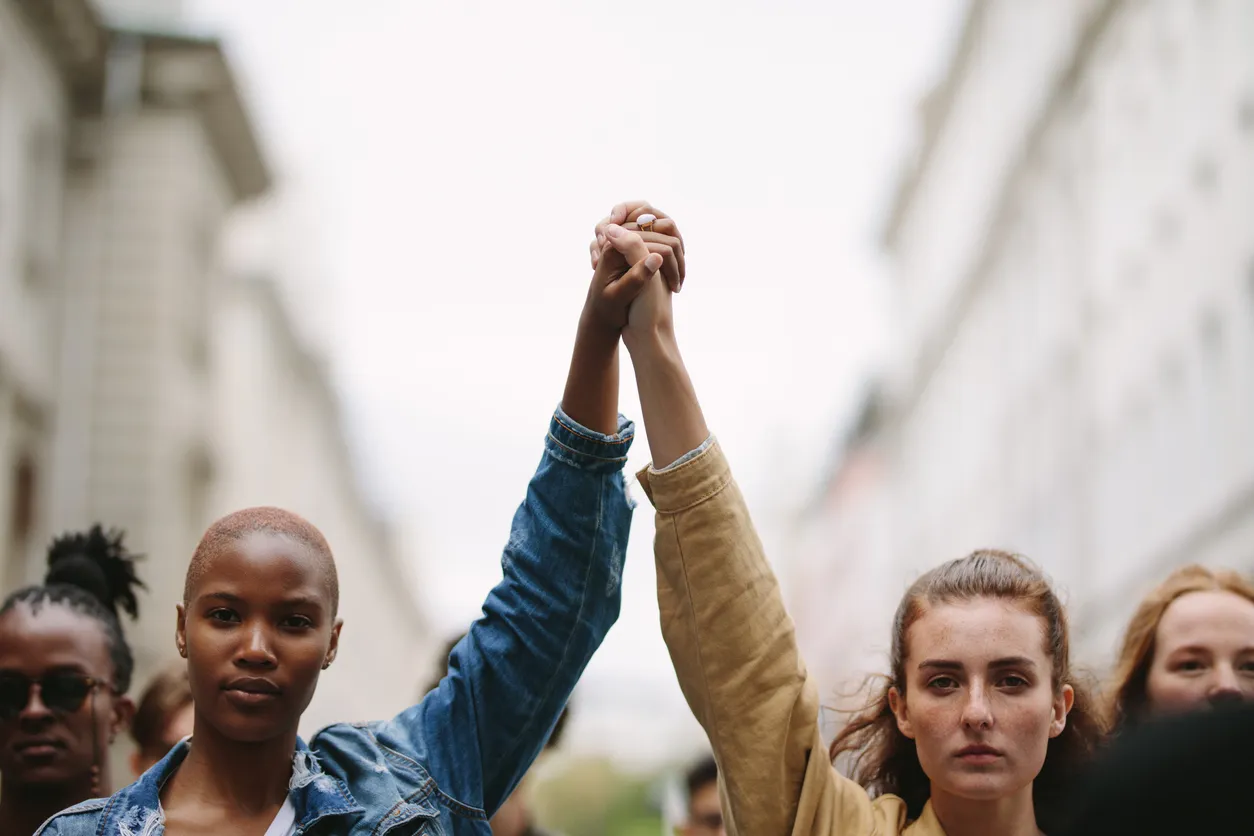The relationship between police and community centers around a complex and deeply rooted social contract that will take concentrated effort and time to piece back together. But there are some actionable steps police can take to start improving relations.
#1. Identify Areas Experiencing the Highest Level of Trauma & Gun Violence
Unaddressed trauma magnifies the cycle of mistrust and violence. This trauma doesn’t always start at the end of a gun. More frequently it is at the end of an unemployment line; the end of an empty kitchen table with no food; the end of a vacant park too dangerous to gather and play; and in homes full of neglect and normalized violence.
So, the first step is to use technology and data to figure out precisely where the highest level of trauma and gun violence is occurring.
Even in crime-riddled communities, only certain people on certain blocks are truly at the highest risk for committing or becoming a victim of gun violence. When you can see who it’s happening to and where it’s happening, then you can work directly with police, health officials, community-based organizations, and anchor institutions to better respond to and prevent more crime.
#2. Send Co-Respond & Second Responders
It’s important to remember that when it comes to gun violence, the problem isn’t just gun violence. Psychological trauma has also occurred. The sound of a gunshot alone is traumatic. Therefore, police need to not only identify the precise locations of gun violence but also the surrounding areas that may have been directly or indirectly impacted. Police are the safety component of the solution, but human and psychological services need to be a part of the solution, too.
That’s why we recommend police co-respond (and design second responder programs) to incidents of gun violence with others that can help solve other aspects of the problem. After all, gun violence is a public health issue. When psychological effects aren’t being treated, the gun violence cycle continues and spreads to others. So, police need the support of community health workers, social workers, nurses, and other health professionals to address the root causes and stop the spread. That is not a job we should expect or even allow police to do alone.
#3. Measure Response
It’s time to rethink strategies that rely on hot spot analysis and gut-based patrolling, as they often leave communities feeling overpoliced and underserved. Instead, turn your attention toward a more data-driven approach. It is critical to gather information on response activities such as:
- How long did you stay?
- Who did you refer the individual or family to?
- Did they follow up?
Technology can play an important role in providing full visibility into patrol activities, ultimately helping police better understand their intervention methods, and improve accordingly.
#4. Analyze Historical Data for Past Victims
The first three steps are ongoing activities that will help improve police-community relations by enabling you to better respond to crime in the community and incorporate programs that help solve the root of the problem.
But what about those who have been affected by gun violence in the past? While you make progress with communities in real-time, don’t forget to see how you can address victims of past gun violence that haven’t benefited from these new efforts.
To do this, you can use the same technology as the other steps to look at historical data of gun violence in concentrated areas.
Conclusion
Gun violence in America is a devastating epidemic. The only way we can solve this is by taking steps to start improving police-community relations, but this effort must involve not only law enforcement but also other community organizations and human services. We need to fill the gap between the police and community with what’s missing, not just more police.
The best way to make progress here is by deploying technology that allows police and other government organizations to identify, track and respond to gun violence—and measure that response. This shifts the paradigm from over-policing and underserving to the proper dosage of police protection and community/health support services.
Unraveling deeply rooted bias, community social structures and economic policies that caused this mistrust and turmoil in the first place will take time. But when we think about improving the relationship between police and the community, we must start somewhere. Otherwise, the problems will continue to worsen.

